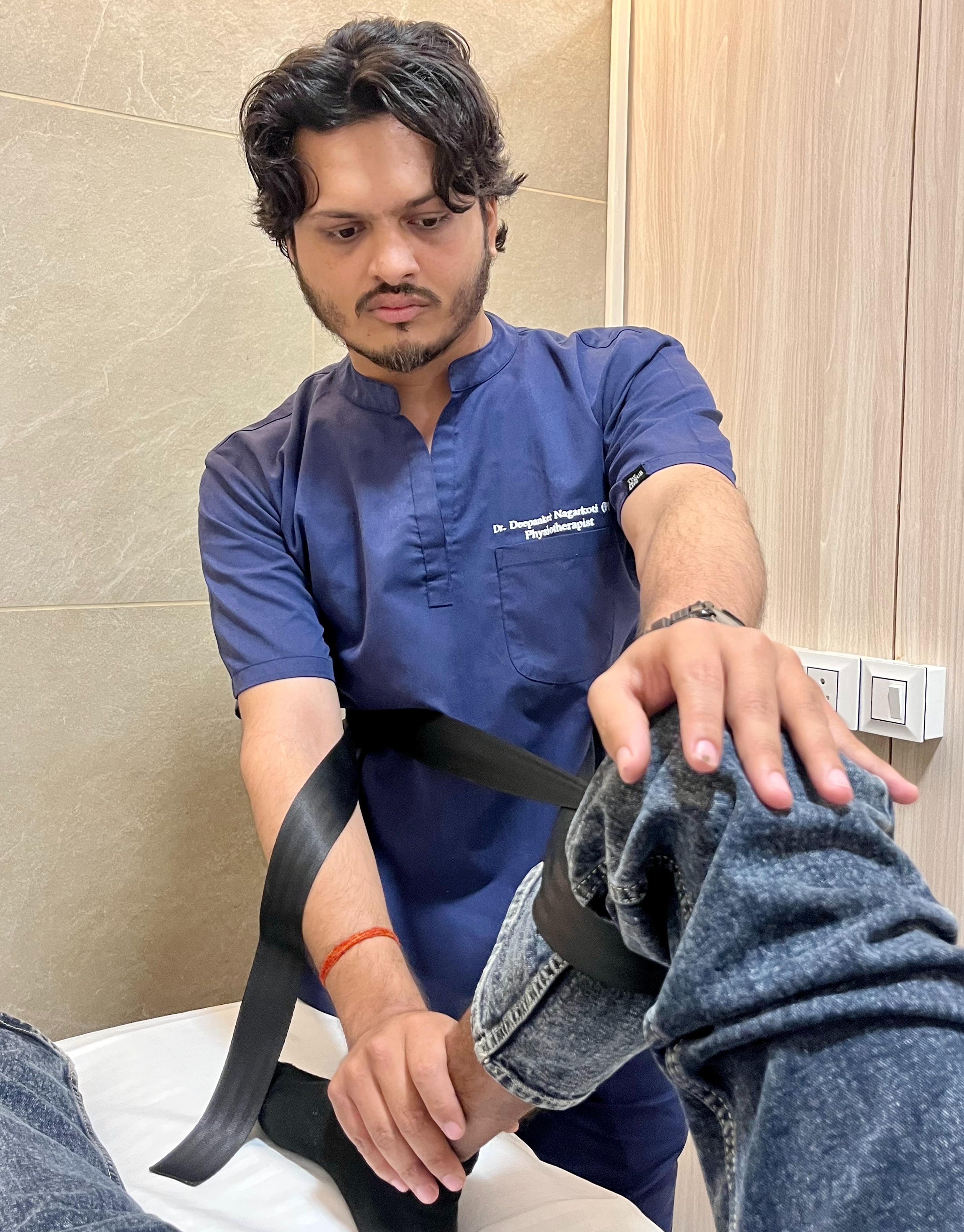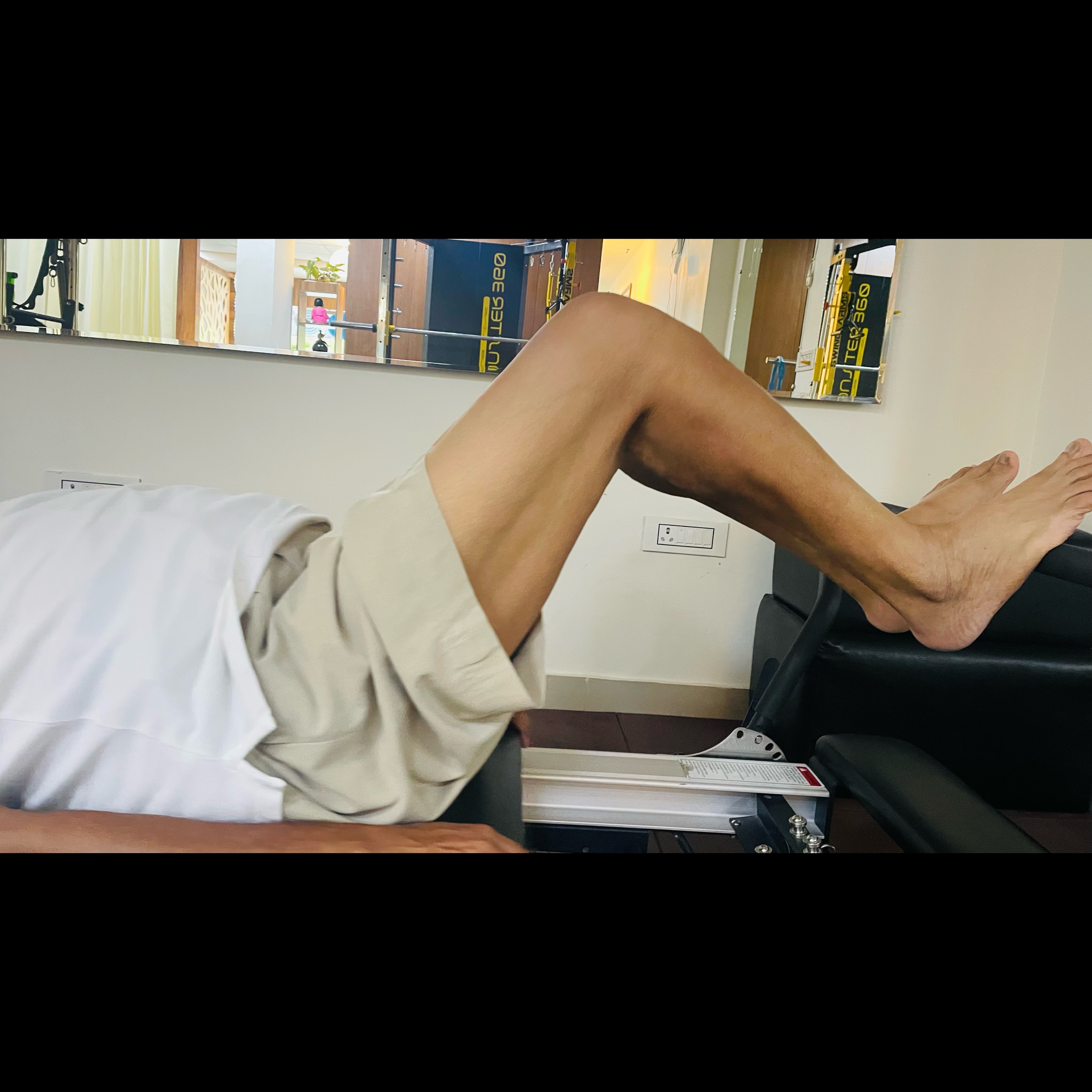



BEST BUTTOCK PAIN PHYSIOTHERAPY TREATMENT IN SUKHDEV VIHAR-PHYSIONAUTICS Buttock pain can significantly impact daily activities and overall quality of life. It may arise from various conditions such as muscle strains, piriformis syndrome, bursitis, or issues related to the lower back. Understanding the underlying cause is crucial for effective treatment. In this vlog, we will explore physiotherapy treatments that can alleviate buttock pain. A thorough assessment by a physiotherapist is essential. This typically includes: Patient History: Discussing the onset, duration, and nature of the pain. Physical Examination: Evaluating posture, range of motion, and strength in the hip and lower back areas. Special Tests: Conducting specific tests to rule out conditions like sciatica or herniated discs. This comprehensive approach helps in tailoring an individualized treatment plan. Physiotherapy Treatment Techniques Manual Therapy: Soft Tissue Mobilization: This technique involves applying pressure to tight muscles and fascia to relieve tension and improve blood flow. Joint Mobilization: Gentle movements are applied to joints in the pelvis and lower back to enhance mobility and reduce pain. Therapeutic Exercises: Stretching Exercises: Targeted stretches for the gluteal muscles, hamstrings, and hip flexors can help alleviate tightness. Example: Piriformis stretch—lying on your back with one ankle crossed over the opposite knee; gently pull the uncrossed leg towards your chest. Strengthening Exercises: Building strength in the glutes and core stabilizers is vital for long-term relief. Example: Glute bridges—lying on your back with knees bent; lift your hips while squeezing your glutes. Neuromuscular Re-education: This involves retraining movement patterns to ensure proper biomechanics during activities like walking or squatting. Techniques may include balance exercises or functional training tailored to individual needs. Modalities: Use of heat or cold therapy can provide immediate relief: Heat Therapy: Applying heat packs can relax tight muscles before stretching. Cold Therapy: Ice packs can reduce inflammation after exercise or activity. Education and Ergonomics: Educating patients about proper posture during sitting, standing, and lifting can prevent exacerbation of symptoms. Recommendations may include ergonomic adjustments at workstations or advice on how to modify daily activities. Home Exercise Program A home exercise program is often prescribed for ongoing management: Patients may be instructed to perform specific stretches and strengthening exercises several times a week. We have a team of highly skilled professionals who deal with such conditions and specialized in these kinds of conditions, we also provide services in new friends colony, maharani bagh, east of kailash, and jasola.
We hate spam too.